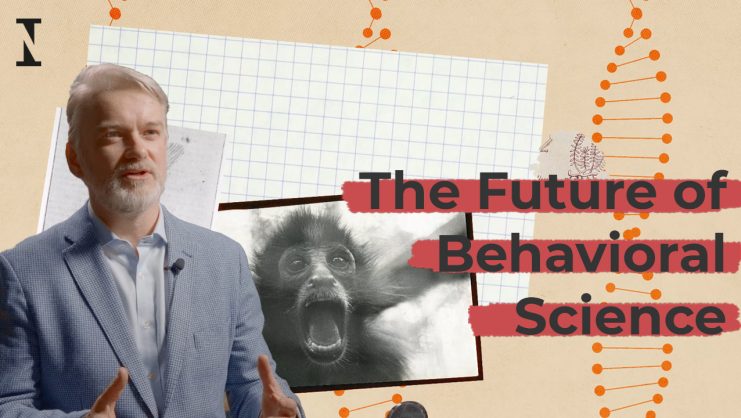In terms of people management, today’s business world bears little resemblance to that of yesteryear. Many taboos have been broken, relationships with workers have become more transparent, and honesty has grown exponentially. Companies have adopted a more human outlook and are starting to consider workers’ goals and competencies at both the individual and collective (team) levels. At the same time, well-being in the workplace has emerged as a strategic aspect that shapes such crucial factors as productivity and organizational performance.
Well-being involves several key elements, including attitude and the resources allocated by the company for this purpose. Employees are used to giving customers the best of themselves, making their lives easier, solving their problems, and empathizing with them. Every organization should strive to behave similarly towards its own staff and extend this conduct beyond the workplace.
Problems such as stress, anxiety, and other pathologies are present not only at workers’ desks but also in their homes. To take an example from the world of law, studies by the American Bar Association have found surprisingly high rates of substance abuse, addiction, and mental disorders, including depression and suicidal thoughts. Of course, no sector is entirely free of these sorts of problems in its workforce.
The financial costs associated with poor employee health management total $2.2 trillion annually in the United States alone, according to the Global Wellness Institute. Companies must invest in a much broader and healthier form of people management or risk disastrous consequences: absenteeism, suicide, alcoholism, and financial ruin. When making decisions that affect their people, companies must come to grips with these taboos—and many others.
The financial costs associated with poor employee health management total $2.2 trillion annually in the United States alone, according to the Global Wellness Institute.
An issue with a vast scope
The United Nations Sustainable Development Goals underscore the importance of healthy workplaces and well-being. Indeed, these issues are key areas of development for companies at the global level. However, the term health is filled with nuances—one of which has to do with the emotional realm. Anything that has a positive emotional impact on workers affects how they interact and engage with the organization.
Lack of attention in this area can lead to “burnout syndrome”—chronic stress, a severe impact on work performance, and physiological issues (headaches, restlessness, gastrointestinal problems, etc.). In a survey by Kronos, nearly half of all human resources managers said that emotional exhaustion accounts for as much as half of their annual staff turnover. The conclusion is clear: emotions and disease are intimately related. To connect these two worlds, we must apply emotional intelligence and use tools that reinforce well-being in all of its forms.
Building on contemporary models of well-being
In the world of psychology, Martin Seligman’s PERMA model shows that positive emotions, engagement, relationships, meaning, and accomplishments are essential for well-being. To take the holistic assessment of well-being in human capital to the next level, Drs. Le Pertel and Van Dam have developed a new vitality model incorporating other dimensions, such as learning, health and physiological aspects essential to sustainable to sustainable performance and wellbeing. Insights from this area can help us create teams of resilient people.
Research has shown that resilience is less about overcoming problems and more about recovering from them. Obstacles are present in every profession. The best way to deal with them is to put yourself back together so that you can face the next challenge. Practices such as mindfulness, which increase your ability to recover from traumatic thoughts and emotions, can go a long way towards facilitating this process and incorporating this capacity into the fabric of your being.
In the field of law, where building relationships with clients is of paramount importance, it makes sense to emphasize the emotional dimension. A study carried out at a law firm in New Zealand found that lawyers who experienced positive challenges achieved higher levels of engagement in their jobs.
Obstacles are present in every profession. The best way to deal with them is to put yourself back together so that you can face the next challenge.
From pessimism to optimism
Through mental effort and training, pessimistic people can become optimistic—to the benefit of their company. With this process, negative things come to be seen as temporary, problem-solving is taken in stride, and on-the-job anxiety decreases. Outside of work, optimistic people have more energy to cultivate relationships, exercise, etc.
With optimism as your natural state, you can acquire critical skills coveted by every human resources department. Companies want people who know how to adapt on the fly to constantly changing environments.
© IE Insights.











